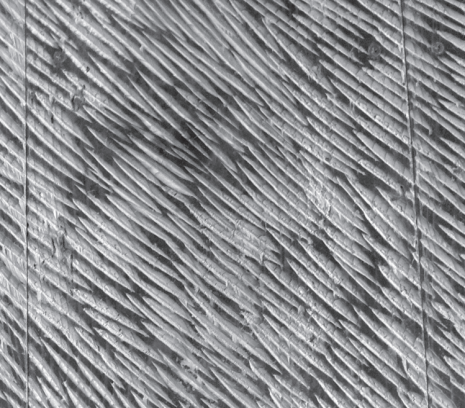Echigo-Tsumari Art Festival 2015
DOI:
https://doi.org/10.69598/sbjfa240967Keywords:
art festival, Echigo-Tsumari, Japan, new experience, environmental and art, culture and history, abandoned school, abandoned buildingsAbstract
Echigo-Tsumari Art Triennial is a triennial art festival starting in 2000. The festival becomes one of the most attractive international art festivals taking place in Japan. The fifth festival taking place in 2012 attracted as many as 488,848 visitors. Both Japanese and overseas media accordingly evaluate this festival as a successful event that has a great potential to be a new form of art festival. This research found that utilizing the various types of space that include natural environments, historical sites, cultural areas, and inviting local communities to take part of this festival help to achieve a new style of art festival management that could not equally be organized anywhere. Not only museums and formal art institutions, but also the broad area of 760 square kilometers are treated as art spaces. The broad area includes hills, mountains, rice fields, abandoned houses and schools, old factory buildings, city’s public spaces, Shinto shrines and historical buildings. Visitors can enjoy nature, culture and art at the same time. They are invited to walk along streets, climb mountains, trek up hills, as well as eat rice and local products. It could be said that visitors can participate in ways of life of local people as well as gain a new experience of viewing art simultaneously. Lastly, this art festival plays a vital role of revitalizing communities as well as surrounding nature
Downloads

Downloads
Published
How to Cite
Issue
Section
License
The journal's editorial team does not have to agree with the views and comments in the author's article, nor are they responsible for the comments.











